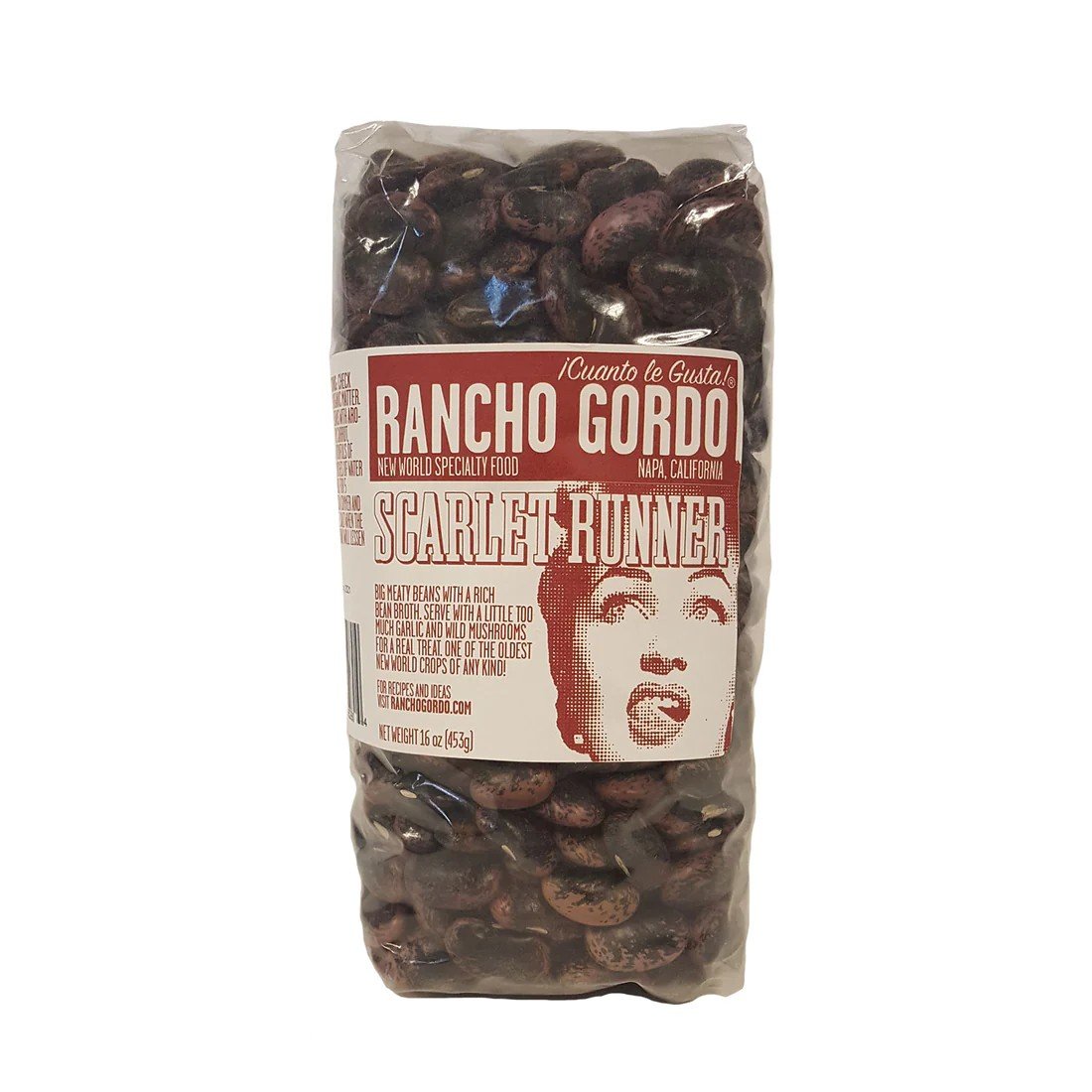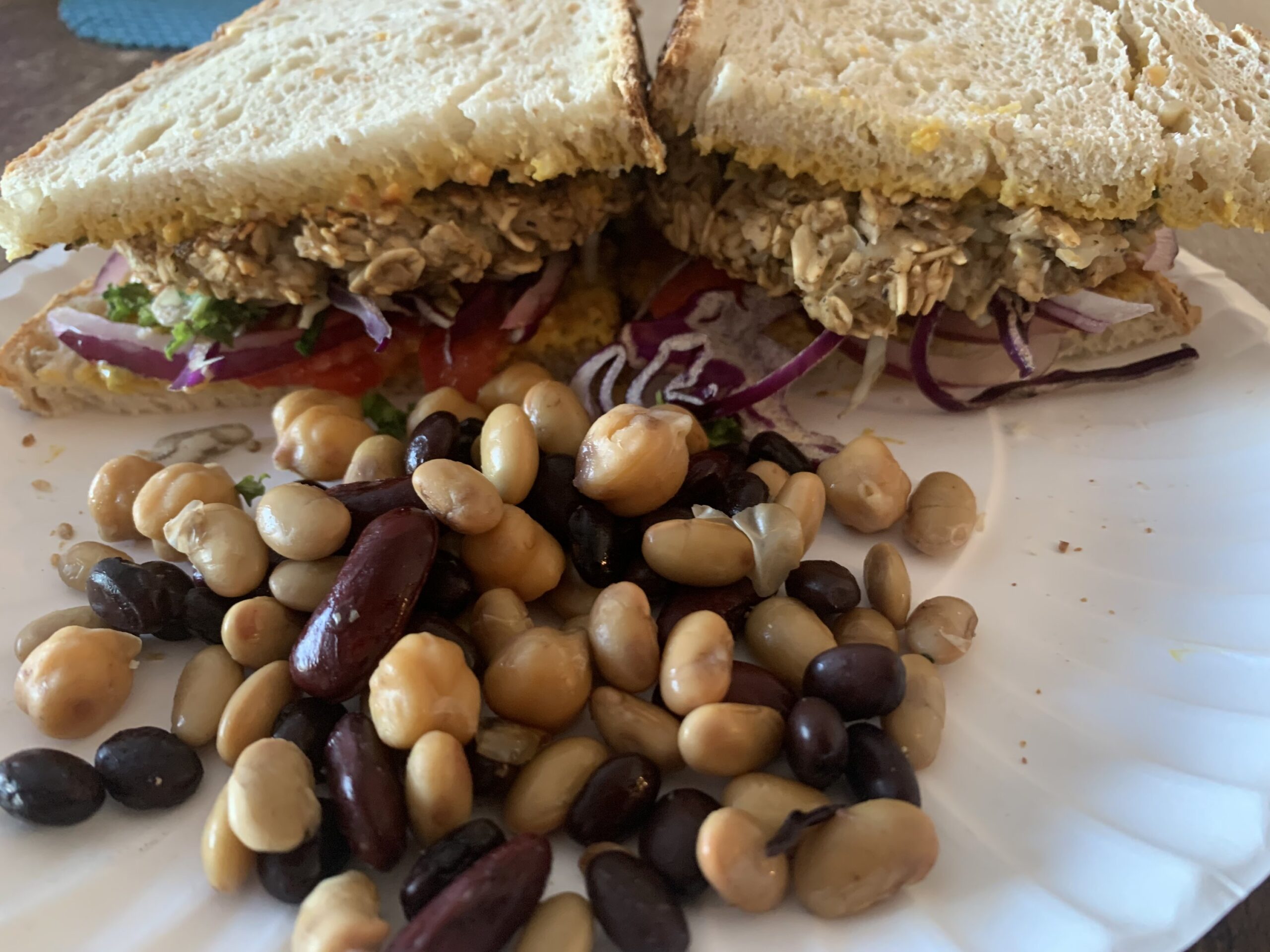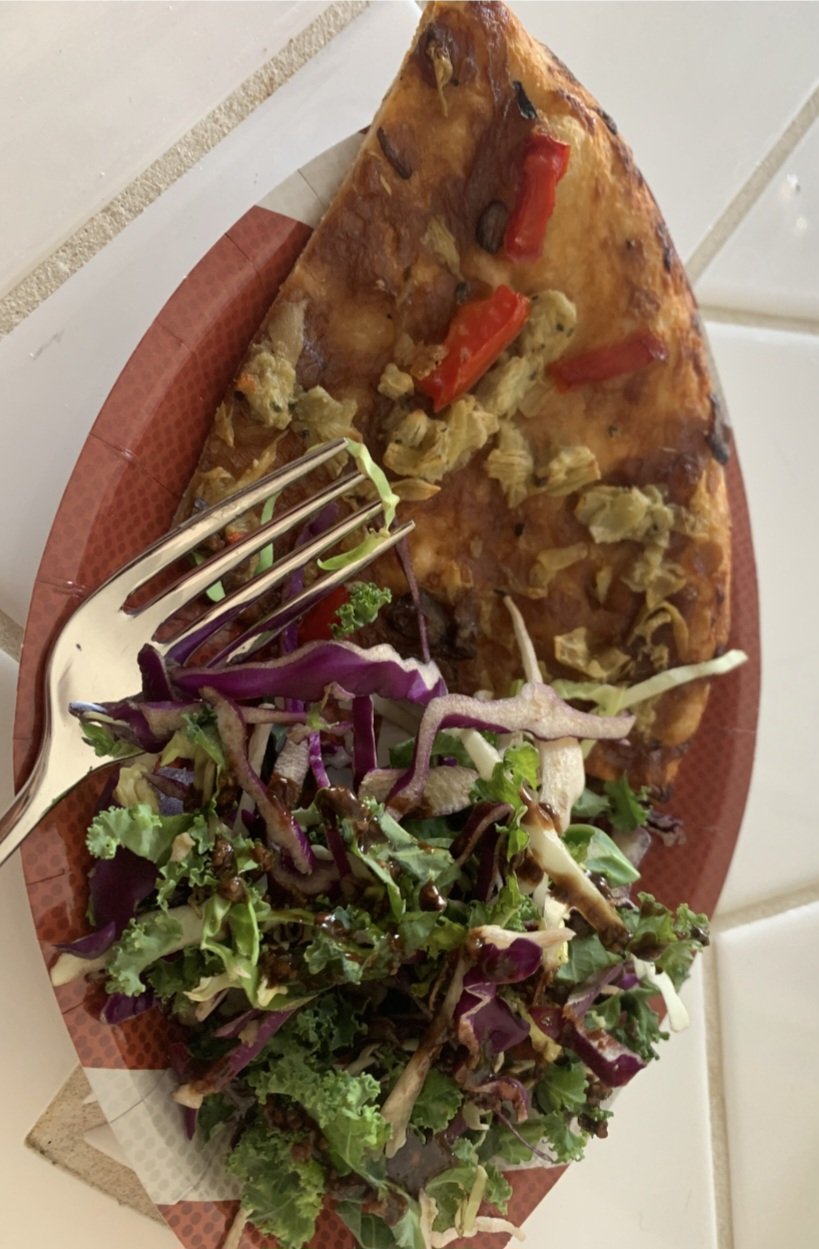*
2016
[…]
10. Conclusions and Instructions
i) Various gastrointestinal discomforts have been known to humans for thousands of years. Osmotic diarrhea, catharsis, meteorism, flatulence, and borborygmi (borborygmus) are terms that frequently appear in this context.
ii) Osmotic diarrhea may result from the consumption of too-large doses of dietary sugar alcohols such as xylitol, d-glucitol, d-mannitol, maltitol, lactitol, and isomalt. Also other related substances, such as the GOS and lactose, may cause similar effects. GOS-type substances are normal constituents in the seeds of leguminous plants, such as soya beans and peas.
iii) Sugar alcohols, along with some oligosaccharides, have also received attention in food and nutrition research owing to their prebiotic properties and other health benefits. IBS and functional constipation serve as examples of common gastrointestinal disorders whose treatment may benefit from the application of sugar alcohols and certain GOSs.
iv) Osmotic diarrhea occasioned by excessive consumption of these substances is not a disease, but a simple osmotic response to the presence of slowly absorbed carbohydrates in the gut lumen. The presence of these solutes in the lumen will draw water from surrounding tissues.
v) The capacity of the common alditols to cause osmotic diarrhea depends on their molar mass, symmetry of the molecule, and, thus, the detailed configuration of the molecule.
vi) Consumption of erythritol does not normally lead to any gastrointestinal changes, while that of hexitols (d-glucitol and d-mannitol) may cause changes in adults already at 10 to 20 g daily consumption levels. Xylitol is better tolerated, the largest safe doses ranging widely, normally from 20 g to 70 g per day. However, significant variation may occur. Consumption of disaccharide sugar alcohols maltitol, lactitol, and isomalt may also lead to similar gastrointestinal disturbances.
vii) The quantity of xylitol currently recommended for caries limitation is about 10 g/day or more for adults and about half that for infants older than 3 to 4 years; younger infants have received smaller quantities under parental guidance.
viii) European Union recommends that daily ingestion of 20 g of d-mannitol and 50 g of d-glucitol in the form of commercial food products should bear a warning statement about possible laxative effects.
ix) Researchers have not always paid attention to study conditions, such as comparing administration of sugar alcohol in plain water versus as part of regular fiber-containing meals or snacks. For example, tolerance to xylitol present in beverages (such as lemonades, fizzes, and still drinks) normally causes diarrhea at lower xylitol levels than when present in solid food. Use of xylitol in a beverage (apart from as a sweetener in tea of coffee) cannot be recommended.
x) Adaptation to tolerate increasing quantities of xylitol has been observed in long-term feeding trials. The adaptive changes take place in the gut flora and possibly by enzyme induction in the liver.
xi) Xylitol, other alditols, and disaccharide sugar alcohols possess undeniable utility value in dietary and medical applications. Therefore, health-care professionals should be aware of restrictions and recommendations regarding their safe and appropriate use.






